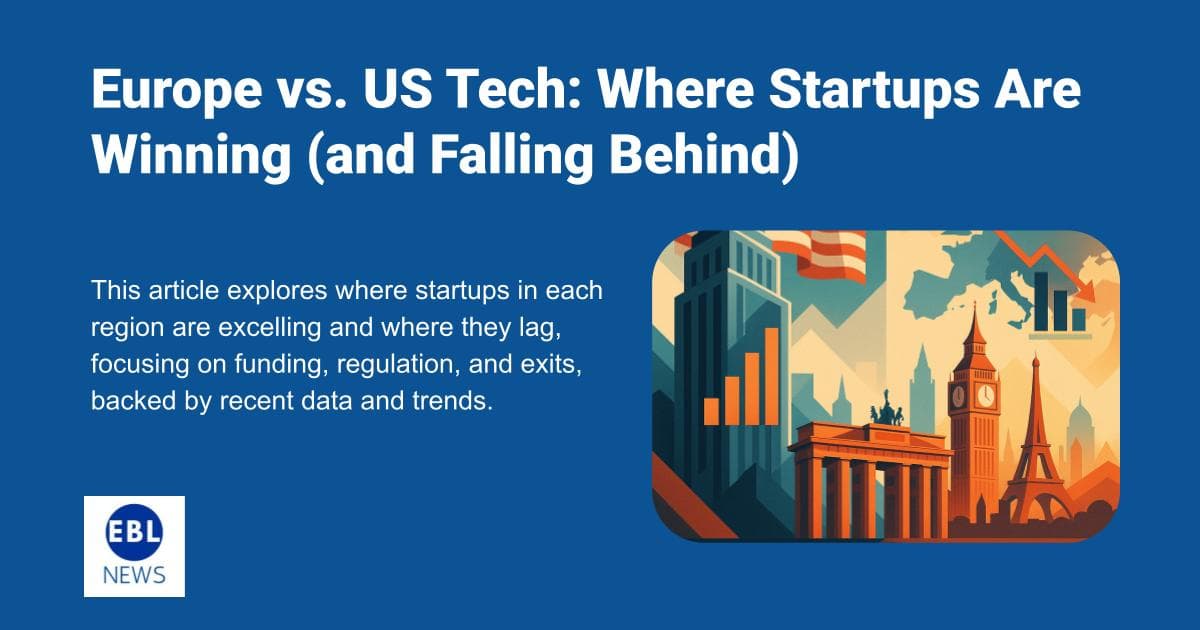As the European Union moves forward with implementing the AI Act, one of the most ambitious regulatory frameworks in tech history, a fundamental debate is taking shape. Is this legislation an innovation deterrent—or the beginning of a new trust-first model that positions Europe as a global standard-setter in artificial intelligence?
The Vision Behind the AI Act
Adopted in 2024 and expected to come into full force by mid-2026, the AI Act introduces a tiered risk-based framework. Applications deemed "unacceptable"—such as biometric surveillance in public spaces or social scoring systems—will be banned outright. High-risk AI systems in sectors like healthcare, education, employment, and transport must meet strict requirements around transparency, documentation, and ongoing compliance. General-purpose models, including generative AI systems, will be obligated to disclose training data sources and synthetic content usage.
This legislation represents more than just governance—it is Europe’s statement of intent: to lead in ethical AI development without surrendering control to global tech giants.
Founders Caught Between Innovation and Compliance
For startups, especially those in early stages, the Act introduces both a challenge and a risk. Many founders worry about the compliance burden slowing product development and limiting experimentation. Some fear that regulation may be arriving before the market has had a chance to scale organically—particularly compared to more permissive environments in the U.S. and Asia.
The costs of legal reviews, technical audits, and risk classification processes could divert already limited resources, creating a heavier lift for small teams with frontier ambitions.
Regulation as Competitive Advantage?
Yet not everyone sees the AI Act as a constraint. Supporters of the framework argue that the legislation gives Europe a competitive edge in the long term—by setting global standards. Much like the GDPR shaped global expectations around data privacy, the AI Act could define the ethical norms for AI development and deployment worldwide.
By being first to regulate AI at scale, the EU could create a distinct value proposition: trust, safety, and accountability as built-in features, not afterthoughts.
The Role of Sandboxes and State Support
To balance the demands of innovation and regulation, the EU is rolling out regulatory sandboxes, allowing startups to test high-risk AI systems under guided supervision before full deployment. National governments are also pledging support through grants, legal guidance, and infrastructure investments. These efforts aim to soften the transition and prevent a mass talent or capital flight.
However, inconsistencies across member states, evolving technical standards, and questions around enforcement capacity continue to cloud the rollout timeline.
Implications for Investors and Ecosystem Builders
The Act is already influencing investment strategies. VCs are adapting due diligence processes to assess regulatory risk more closely, with an eye toward long-term defensibility and market access. Startups that can demonstrate compliance-readiness—or even leverage regulation as a moat—may find themselves more attractive to capital.
A new breed of “compliance-native” startups is emerging: companies architected with risk classification, auditability, and documentation built into their product from day one.
Europe’s Bet on Trust-Led Innovation
At its core, the AI Act is a bet—on a future where regulation is not the enemy of innovation, but its enabler. Whether that future materializes will depend not only on how the rules are enforced, but how adaptable Europe’s tech community proves to be in navigating them.
The next two years will reveal whether Europe has managed to build not just a framework for safety, but the foundation for a globally respected AI ecosystem that prioritizes trust—and still scales.





